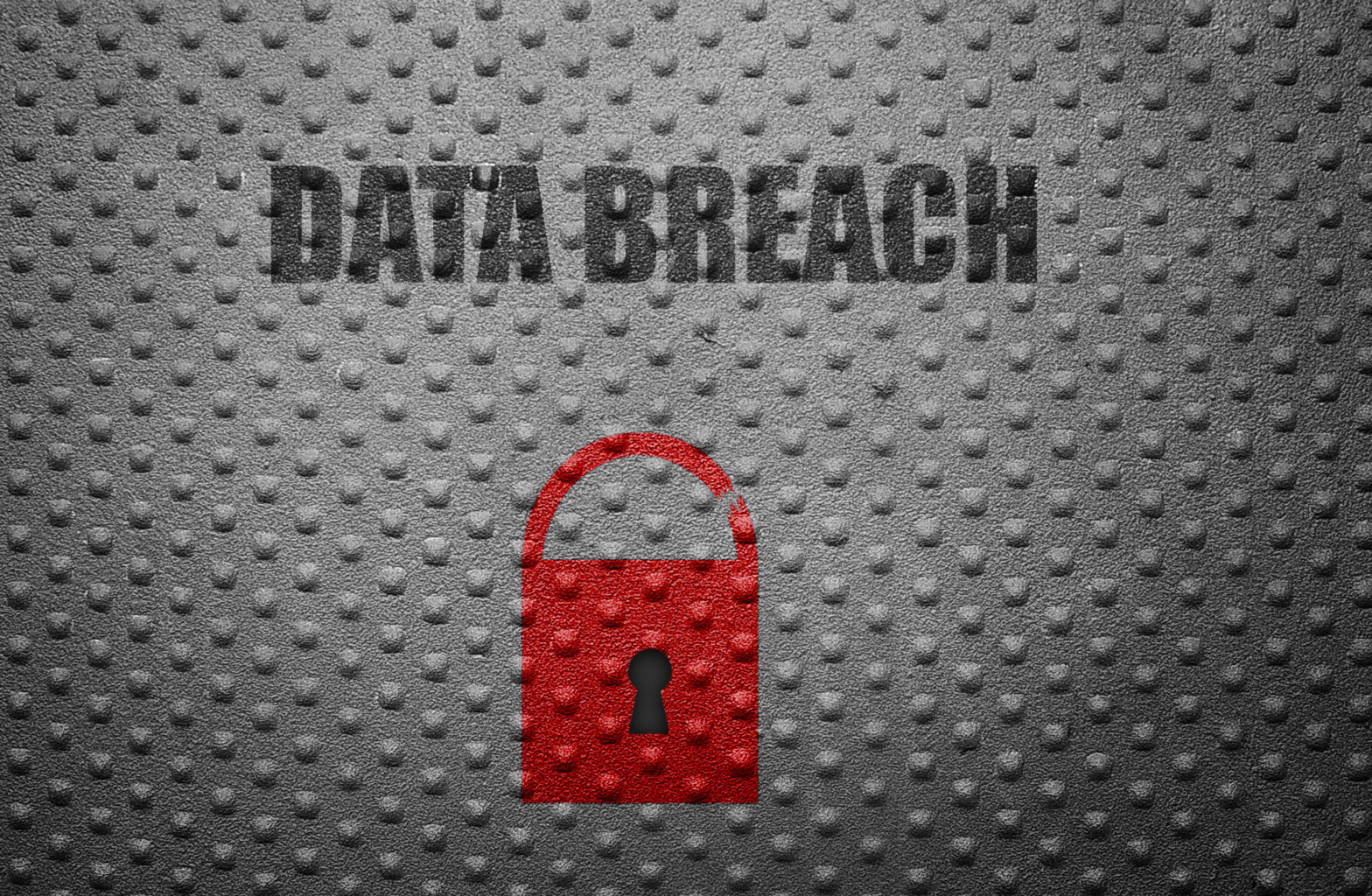Gemalto today releases the findings of the Breach Level Index revealing that 1,792 data breaches led to almost 1.4 billion data records being compromised worldwide during 2016, an increase of 86 per cent compared to 2015.
Identity theft was the leading type of data breach in 2016, accounting for 59 per cent of all data breaches. In addition, 52 per cent of the data breaches in 2016 did not disclose the number of compromised records at the time they were reported.
The Breach Level Index is a global database that tracks data breaches and measures their severity based on multiple dimensions, including the number of records compromised, the type of data, the source of the breach, how the data was used, and whether or not the data was encrypted.
By assigning a severity score to each breach, the Breach Level Index provides a comparative list of breaches, distinguishing data breaches that are a not serious versus those that are truly impactful (scores run one-ten).
According to the Breach Level Index, more than 7 billion data records have been exposed since 2013 when the index began benchmarking publicly disclosed data breaches. Breaking it down that is over 3 million records compromised every day or roughly 44 records every second.
Last year, the account access based attack on AdultFriend Finder exposing 400 million records scored a ten in terms of severity on the Breach Level Index. Other notable breaches in 2016 included Fling (BLI: 9.8), Philippines’ Commission on Elections (COMELEC) (BLI: 9.8), 17 Media (BLI: 9.7) and Dailymotion (BLI: 9.6).
In fact the top ten breaches in terms of severity accounted for more than half of all compromised records. In 2016, Yahoo! reported two major data breaches involving 1.5 billion user accounts, but are not accounted for in the BLI’s 2016 numbers since they occurred in 2013 and 2014.
‘The Breach Level Index highlights four major cybercriminal trends over the past year. Hackers are casting a wider net and are using easily-attainable account and identity information as a starting point for high value targets. Clearly, fraudsters are also shifting from attacks targeted at financial organisations to infiltrating large data bases such as entertainment and social media sites.
‘Lastly, fraudsters have been using encryption to make breached data unreadable, then hold it for ransom and decrypting once they are paid,’ says Jason Hart, vice president and chief technology officer for data protection at Gemalto.
Data Breaches by Type
In 2016, identity theft was the leading type of data breach, accounting for 59 per cent of all data breaches, up by 5 per cent from 2015. The second most prevalent type of breach in 2016 is account access based breaches. While the incidence of this type of data breach decreased by 3 per cent, it made up 54 per cent of all breached records, which is an increase of 336 per cent from the previous year.
This highlights the cybercriminal trend from financial information attacks to bigger databases with large volumes of personally identifiable information. Another notable data point is the nuisance category with an increase of 102 per cent accounting for 18 per cent of all breached records up 1474 per cent since 2015.
Data Breaches by Source
Malicious outsiders were the leading source of data breaches, accounting for 68 per cent of breaches, up from 13 per cent in 2015. The number of records breached in malicious outsider attacks increased by 286 per cent from 2015. Hacktivist data breaches also increased in 2016 by 31 per cent, but only account for 3 per cent of all breaches that occurred last year.
Data Breaches by Industry
Across industries, the technology sector had the largest increase in data breaches in 2016. Breaches rose 55 per cent, but only accounted for 11 per cent of all breaches last year. Almost 80 per cent of the breaches in this sector were account access and identity theft related.
They also represented 28 per cent of compromised records in 2016, an increase of 278 per cent from 2015.
The healthcare industry accounted for 28 per cent of data breaches, rising 11 per cent compared to 2015. However, the number of compromised data records in healthcare decreased by 75 per cent since 2015. Education saw a 5 per cent decrease in data breaches between 2015 and 2016 and a drop of 78 per cent in compromised data records.
Government accounted for 15 per cent of all data breaches in 2016. However the number of compromised data records increased 27 per cent from 2015. Financial services companies accounted for 12 per cent of all data breaches, a 23 per cent decline compared to the previous year.
All industries listed in the ‘Other’ category represented 13 per cent of data breaches and 36 per cent of compromised data records. In this category, the overall number of data breaches decreased by 29 per cent, while the number of compromised records jumped by 300 per cent since 2015. Social media and entertainment industry related data breaches made up the majority.
Last year 4.2 per cent of the total number of breach incidents involved data that had been encrypted in part or in full, compared to 4 per cent in 2015. In some of these instances, the password was encrypted, but other information was left unencrypted. However of the almost 1.4 billion records compromised, lost or stolen in 2016, only 6 per cent were encrypted partially or in full (compared to 2 per cent in 2015).
Hart adds, ‘Knowing exactly where their data resides and who has access to it will help enterprises outline security strategies based on data categories that make the most sense for their organisations. Encryption and authentication are no longer ‘best practices’ but necessities.
‘This is especially true with new and updated government mandates like the upcoming General Data Protection Regulation (GDPR) in Europe, U.S state-based and APAC country-based breach disclosure laws. But it’s also about protecting your business’ data integrity, so the right decisions can be made based on accurate information, therefore protecting your reputation and your profits.’





